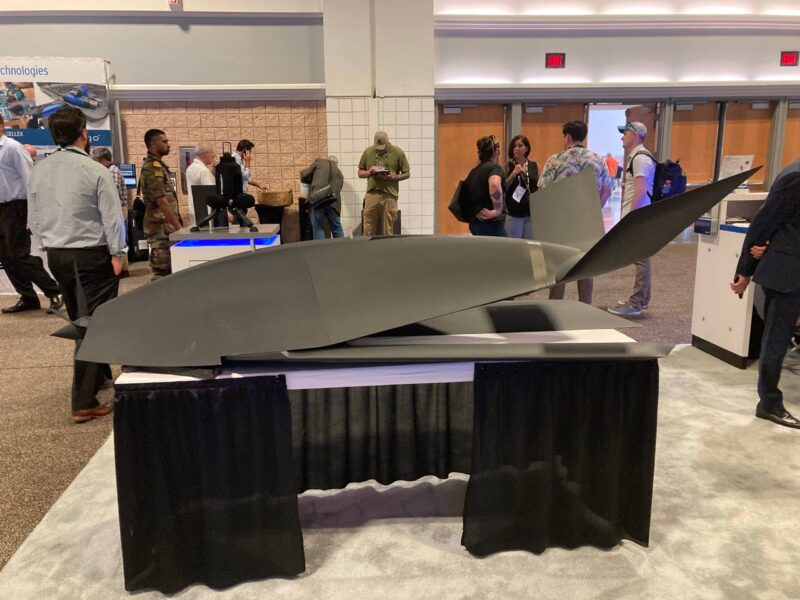Since the entry into service of the first MALE MQ-1 Predator drone in the US Air Force in 1995, the role of these aircraft piloted from the ground and equipped with an autonomy of more than 24 hours has not stopped growing. in world armies. Now, most of the world's major armies use this type of drone, or its successor the MQ-9 Reaper, to carry out intelligence and sometimes strike missions in low-intensity theaters, as was the case during the Iraqi campaigns. and Afghans for the United States, or for Operation Barkhane in the Sahel for the French armies. On the other hand, as already shown Predator and Reaper losses in Libya and Yemen, as soon as the adversary has advanced anti-aircraft systems, these drones prove to be very vulnerable, well beyond what their cost of acquisition and implementation cannot support.
To continue to have this type of information and strike capabilities in a contested environment, two solutions are available to the armed forces. The first is to use lighter and more economical drones, and to accept the probable loss if it were to approach an opposing anti-aircraft or anti-drone system. This is in particular the approach adopted by the Turkish Baykar with his now famous TB2 Bayraktar, which proved its worth during the Nagorno-Karabakh conflict, and which has risen to the rank of national symbol for the Ukrainians since the beginning of the war. Russian aggression. Smaller and more economical than the MQ-9, with a unit price of around $4 to $5 million, the TB2 enabled the Ukrainian forces to follow the progress of the Russian offensives to coordinate strikes and counter-attacks on the adversary's logistical lines, but also to carry out strikes against the anti-aircraft systems TOR, Pantsir and Buk supposed to protect the Russian convoys. However, if the Ukrainians used their Bayraktar very effectively, they experienced significant attrition when they were confronted with modern anti-aircraft systems TOR-M2 or Buk-M2/3 correctly used by the Russian forces.

The results recorded by the Ukrainian TB2s led many commentators and analysts on defense issues in Europe, and particularly in France, to recommend the acquisition or development of this type of low-cost drone. But what to do, in these conditions, with the fleets of MALE Reaper drones already acquired which are to remain in service until the middle of the next decade, while they are still very effective in low-intensity theaters? The designer of the Predator and the Reaper, the American General Atomics, now offers a solution to this dilemma with the Eaglet light airborne drone. Designed to be transported and operated by the MALE Gray Eagle, Reaper and Guardian drones, the Eaglet is a small drone with a wingspan of 3 meters and a weight of 90 kg, which can carry a payload of 15 kg for 8 hours. or 800 km at a speed of 200 km/h. It thus allows the wearer to maintain a safe distance from enemy anti-aircraft defences, while deploying electronic and electrooptic intelligence and localization capabilities above the battlefield.

75% of this article remains to read,
Subscribe to access it!
The Classic subscriptions provide access to
articles in their full version, and without advertising,
from 6,90 €.
Newsletter subscription
Register for the Meta-Defense Newsletter to receive the
latest fashion articles daily or weekly


[…] […]